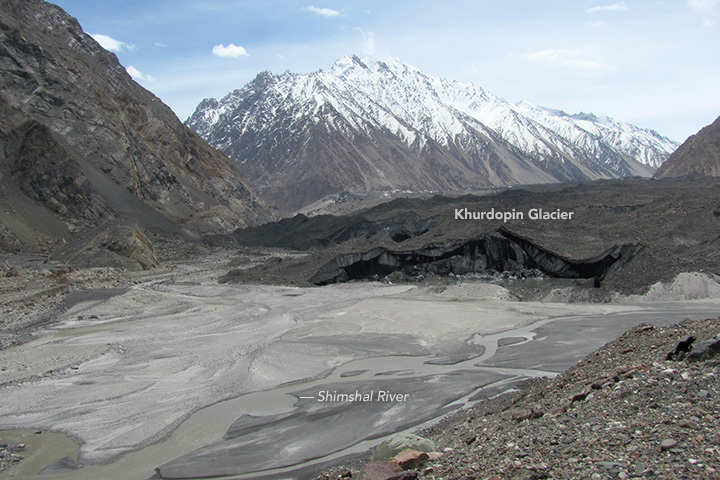文件:Khurdopin glacier & Shimshal River.jpg
Khurdopin_glacier_&_Shimshal_River.jpg (720 × 480 chiông-só, ùng-giông duâi-nâung: 183 KB,MIME lôi-hìng: image/jpeg)
Ùng-giông lĭk-sṳ̄
Sōng-dĕk siŏh bĭk nĭk-gĭ/sì-găng lì káng hiā sèng-hâiu gì ùng-giông.
| Nĭk-gĭ/Sì-găng | Sáuk-liŏk-dù | Chióh-cháung | Ê̤ṳng-hô | Suók-mìng | |
|---|---|---|---|---|---|
| hiêng-káik-sì | 2017 nièng 8 nguŏk 9 hô̤ (B3) 04:47 |  | 720 × 480(183 KB) | Tillman | {{Information |Description ={{en|1=Several of the glaciers that flow into this valley surge, meaning they cycle through periods when they flow forward several times faster than usual. Since the valley is narrow and has a river running through it, su... |
Lièng-giék
Â-dā̤ gì hiĕk-miêng lièng gáu ciā ùng-giông:
Cuòng-mĭk ùng-giông sāi-ê̤ṳng cìng-huóng
Â-dā̤ gì gì-tă wiki găk lā̤ sāi cī-bĭh ùng-giông:
- bs.wikipedia.org gì sāi-ê̤ṳng cìng-huóng
- ca.wikipedia.org gì sāi-ê̤ṳng cìng-huóng
- en.wikipedia.org gì sāi-ê̤ṳng cìng-huóng
- es.wikipedia.org gì sāi-ê̤ṳng cìng-huóng
- sl.wikipedia.org gì sāi-ê̤ṳng cìng-huóng
- sr.wikipedia.org gì sāi-ê̤ṳng cìng-huóng
- sv.wikipedia.org gì sāi-ê̤ṳng cìng-huóng
- www.wikidata.org gì sāi-ê̤ṳng cìng-huóng


